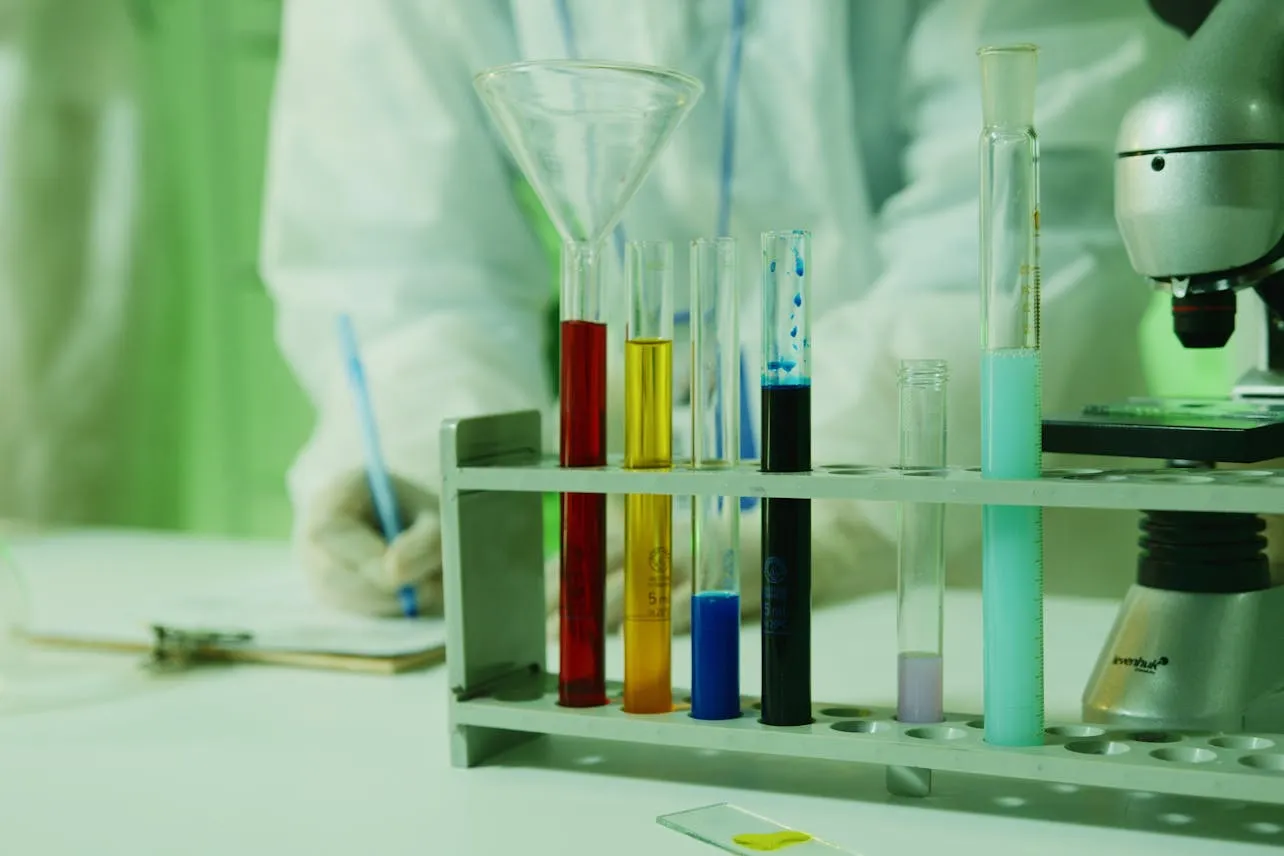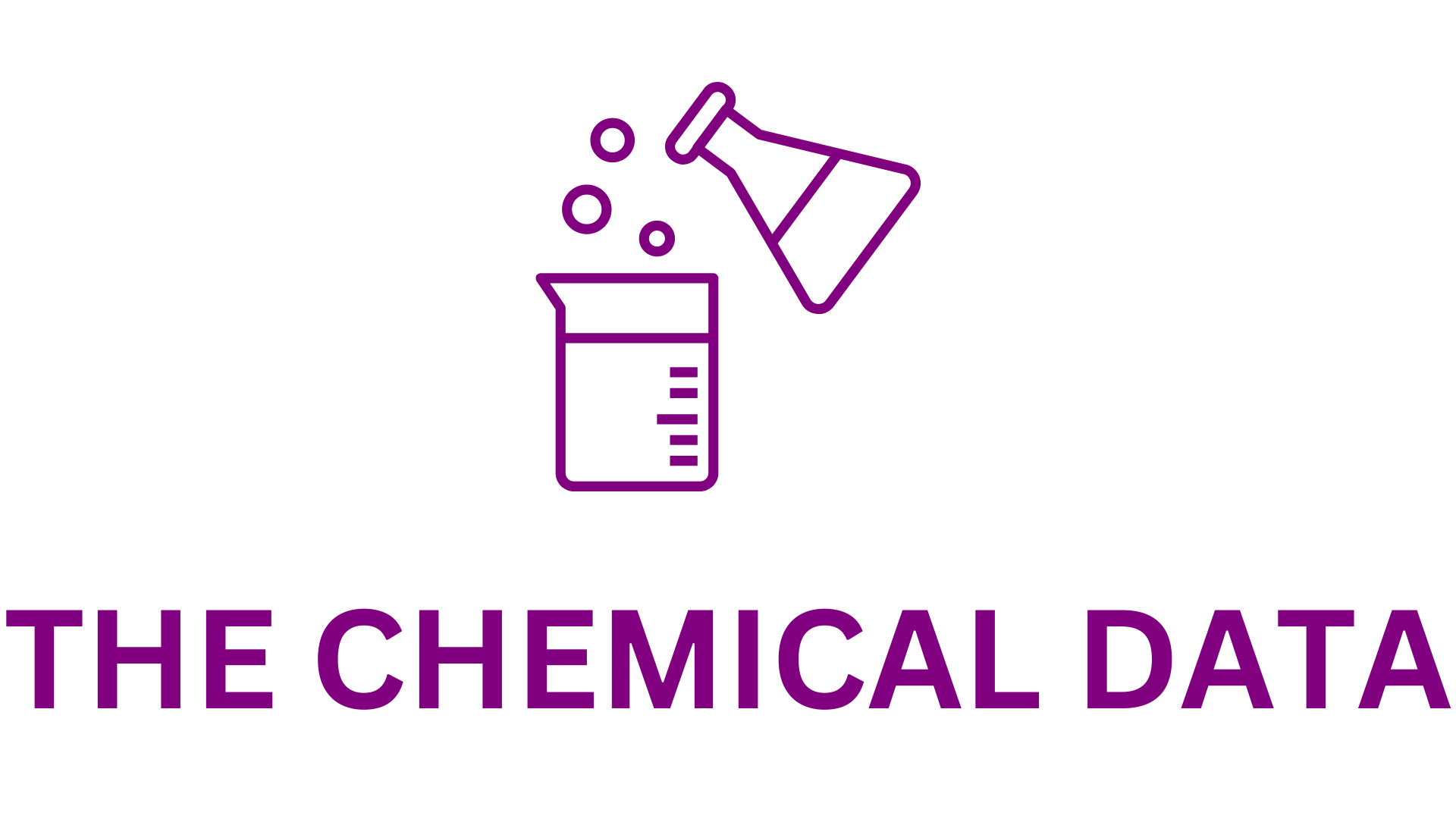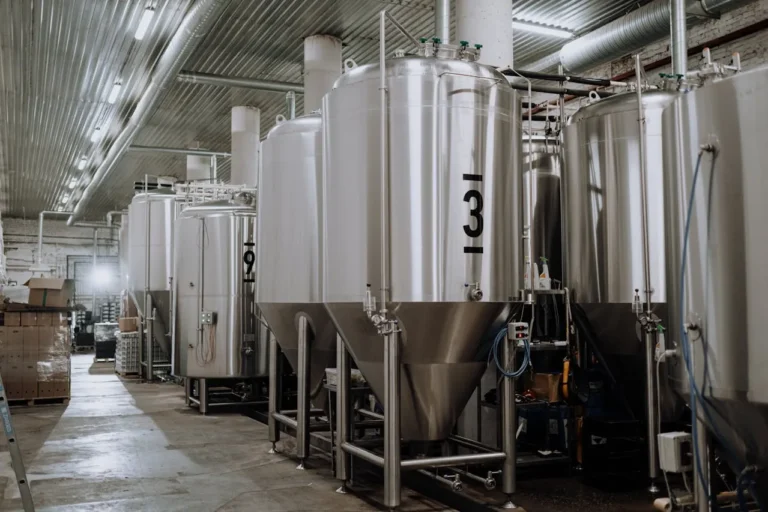
The Global Pharmaceutical Chemicals Market is projected to see substantial growth over the coming years, with its market value increasing from US$232.4 Billion in 2024 to US$308.9 Billion by 2030. This growth represents a CAGR of 4.9% between 2024 and 2030. This comprehensive report provides an in-depth analysis of the market’s key trends, drivers, and forecasts, offering valuable insights for making informed business decisions. The report also incorporates the most recent global tariff developments and explores how these changes will affect the Pharmaceutical Chemicals market.
The Growing Importance of Pharmaceutical Chemicals
Pharmaceutical chemicals are fundamental components in the formulation of active pharmaceutical ingredients (APIs), excipients, and intermediates, all of which are essential for drug development. These chemicals are vital to ensuring the safety, effectiveness, and stability of medicines. As the demand for innovative therapies to treat chronic diseases continues to rise, the chemicals market is also expanding.
The chemicals used in the creation of APIs are particularly important because they form the core of new drug discoveries. Excipients, which are additional substances used in formulations to enhance the properties of APIs, play a critical role in stabilizing and ensuring the quality of products. The growing need for precision medicine—tailored therapies that require specialized APIs—has further contributed to the increased prominence of pharmaceutical chemicals.
Technological Advancements and Their Impact on Pharmaceutical Chemicals
The pharmaceutical chemicals industry has seen substantial innovation in recent years, particularly in the fields of green chemistry and sustainable production practices. Green chemistry methods are revolutionizing how pharmaceutical chemicals are synthesized, making the processes more environmentally friendly. Key innovations include biocatalysis and solvent-free reactions, which significantly reduce the environmental footprint of chemical production.
In addition to sustainable practices, advanced analytical technologies such as High-Performance Liquid Chromatography (HPLC) and mass spectrometry play a crucial role in ensuring the purity and quality of pharmaceutical chemicals. These technologies enable companies to meet strict regulatory standards and ensure that their products are free of contaminants. Moreover, artificial intelligence (AI) and machine learning are increasingly being used to optimize synthesis pathways and accelerate the discovery of new drugs, further enhancing the development of pharmaceutical chemicals.
The rise of precision medicine—which tailors treatments to individual patients based on genetic and molecular factors—has also led to increased demand for chemicals. Tailored therapies often require specialized APIs and excipients, further elevating the need for high-quality and precise chemical formulations.
Regulatory Compliance and Quality Standards
Regulatory compliance is a central aspect of the chemicals market. Organizations like the U.S. Food and Drug Administration (FDA) and the European Medicines Agency (EMA) establish rigorous guidelines to ensure the safety, efficacy, and quality of products. Good Manufacturing Practice (GMP) regulations are integral to ensuring that manufacturing processes meet these high standards.
Additionally, the adoption of Quality by Design (QbD) principles ensures that pharmaceutical companies proactively control the quality of their products throughout the development process. These principles require a more integrated and analytical approach to pharmaceutical manufacturing, ensuring that all chemicals used in drug formulations are of the highest possible quality.
As companies increasingly work on developing biologics—drugs derived from living organisms—there is also a growing demand for specialized chemicals. Biosimilars—the generic versions of biologics—are creating further demand for chemicals as well, especially following the expiration of patents on blockbuster biologic drugs.
Factors Driving Market Growth
Several factors are contributing to the growth of the chemicals market. The global demand for pharmaceutical products is on the rise due to the growing prevalence of chronic diseases such as cancer, diabetes, and heart disease. Technological advancements in chemical synthesis are improving the efficiency of drug production, enabling the creation of high-quality products at a lower cost.
The increasing importance of biologics and biosimilars in modern healthcare has resulted in a higher demand for specialized pharmaceutical chemicals. As patents for many widely used biologics expire, there is a growing market for their generic counterparts, which require a specific set of chemicals for manufacturing.
Contract Research Organizations (CROs) and Contract Manufacturing Organizations (CMOs) are also playing a key role in market growth. These organizations rely heavily on high-quality pharmaceutical chemicals for drug development and manufacturing. As investments in research and development (R&D) continue to increase, particularly in regions like Asia-Pacific, these organizations are experiencing rapid growth, further driving demand for chemicals.
The COVID-19 pandemic underscored the importance of maintaining a robust pharmaceutical supply chain. In particular, it highlighted the critical need for reliable access to chemicals to ensure the swift production of essential drugs, vaccines, and treatments. This realization has led to an increased focus on strengthening supply chains and improving the resilience of the chemicals market.
The Pharmaceutical Chemicals Market by Segments
The chemicals market can be broken down into several key segments based on drug type and geographic regions.
- Drug Types:
- OTC Drugs (Over-the-counter): The OTC segment is expected to reach US$16.8 Billion by 2030, growing at a CAGR of 4.0%.
- Generic Drugs: The generic drugs segment is projected to grow at a CAGR of 4.7% over the analysis period, reflecting the continued rise of generic drugs as biologic patents expire.
- Proprietary Drugs: Proprietary drugs, or branded drugs, continue to make up a significant portion of the pharmaceutical chemicals market.
- Geographic Regions:
- United States: The U.S. pharmaceutical chemicals market was valued at US$61.0 Billion in 2024 and is expected to maintain its growth trajectory.
- China: China’s pharmaceutical chemicals market is projected to grow at a robust 7.4% CAGR, reaching US$68.1 Billion by 2030. This growth is largely attributed to increasing domestic production and the rising demand for healthcare services.
- Japan, Canada, and Europe: Other key markets include Japan, where the pharmaceutical chemicals market is also expanding, and Europe, which remains a significant region for pharmaceutical manufacturing, especially in countries like Germany, the U.K., and France.
- Asia-Pacific: The Asia-Pacific region, particularly countries like India and South Korea, is seeing rapid growth in pharmaceutical chemicals due to the expansion of contract manufacturing and research services.
- Latin America and Middle East: The demand for pharmaceutical chemicals is also increasing in Latin America and the Middle East as healthcare systems in these regions modernize and expand.
Tariff Impact Analysis
A major concern in the global pharmaceutical chemicals market is the impact of tariffs on trade. With more than 180 countries engaging in tariff negotiations, the pharmaceutical chemicals market faces evolving challenges related to supply chain disruptions and rising costs. This report analyzes the impact of these changes and includes a tariff-adjusted market forecast by region and segment.
The growing influence of global tariff shifts has led to greater uncertainty in the supply chain. Tariff-adjusted pricing is expected to influence the costs of raw materials and finished products. As sourcing strategies evolve to mitigate tariff impacts, pharmaceutical companies must explore alternatives such as local sourcing and vertical integration to maintain cost-efficiency.
Key Insights and Strategic Recommendations
The pharmaceutical chemicals market is entering a period of dynamic change, with both challenges and opportunities ahead. Companies need to be aware of several critical factors to succeed in this evolving market:
- Market Growth: The OTC and generic drug markets will continue to drive growth, while precision medicine presents opportunities for the development of specialized APIs and excipients.
- Tariff Impacts: Companies must prepare for the evolving tariff landscape by considering alternative sourcing strategies and examining the costs associated with global trade.
- Regional Focus: Focused efforts on key markets such as the U.S., China, and Europe will be essential as these regions dominate pharmaceutical manufacturing and consumption.
This report serves as a crucial resource for understanding these factors and developing strategies to navigate the evolving pharmaceutical chemicals market successfully.







